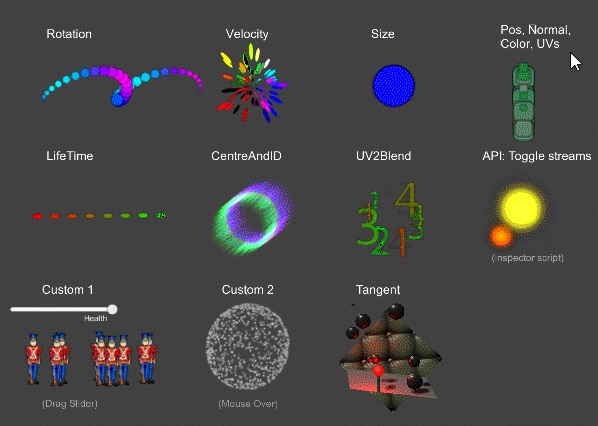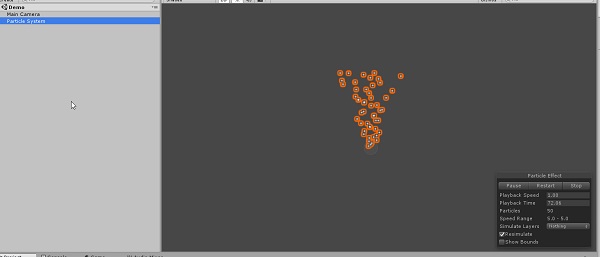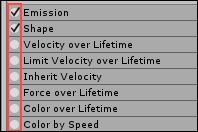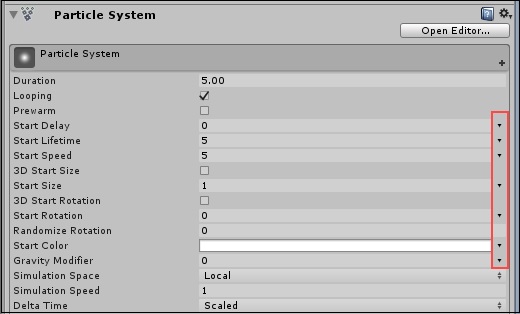
- Unity - Home
- Unity - Introduction
- Unity - Installation and Setting Up
- Unity - Creating Sprites
- Unity - Modifying Sprites
- Transforms and Object Parenting
- Unity - Internal Assets
- Unity - Saving and Loading Scenes
- Unity - Basic Movement Scripting
- Unity - Understanding Collisions
- Unity - Rigidbodies and Physics
- Unity - Custom Collision Boundaries
- Understanding Prefabs and Instantiation
- Unity - GameObject Destruction
- Unity - Coroutines
- Unity - The Console
- Unity - Introduction to Audio
- Unity - Starting with UI
- Unity - The Button
- Unity - Text Element
- Unity - The Slider
- Unity - Materials and Shaders
- Unity - The Particle System
- Unity - Using the Asset Store
Unity - The Particle System
Particle Systems help in generating a large number of particles with small lifespans in an efficient manner. These systems undergo a separate rendering process; they can instantiate particles even when there are hundreds or thousands of objects.
Now, particles are an ambiguous term in the Particle System; a particle is any individual texture, material instance or entity that is generated by the particle system. These are not necessarily dots floating around in space (although they can be!), and they can be used for a ton of different scenarios.

A GameObject manages a Particle System with the Particle System component attached; particle systems do not require any Assets to set up, although they may require different materials depending on the effect you want.
To create a particle system, either add the component Particle System through the Add Component setting, or go to the Hierarchy, and select Create → Effects → Particle System. This will generate a new GameObject with the particle system attached.

If you look at the properties of the Particle System, you will see that comprises many modules. By default, only three modules are active; the Emission, Shape and the Renderer. Other modules can be activated by clicking on the small circle next to their name.


To the right of some values, you may notice a small black arrow. This allows you to gain more control over the values of each individual particle. For example, you can set the Start Size to Random between Two Constants to tell the Particle System to render different sized, random particles like a water hose.
